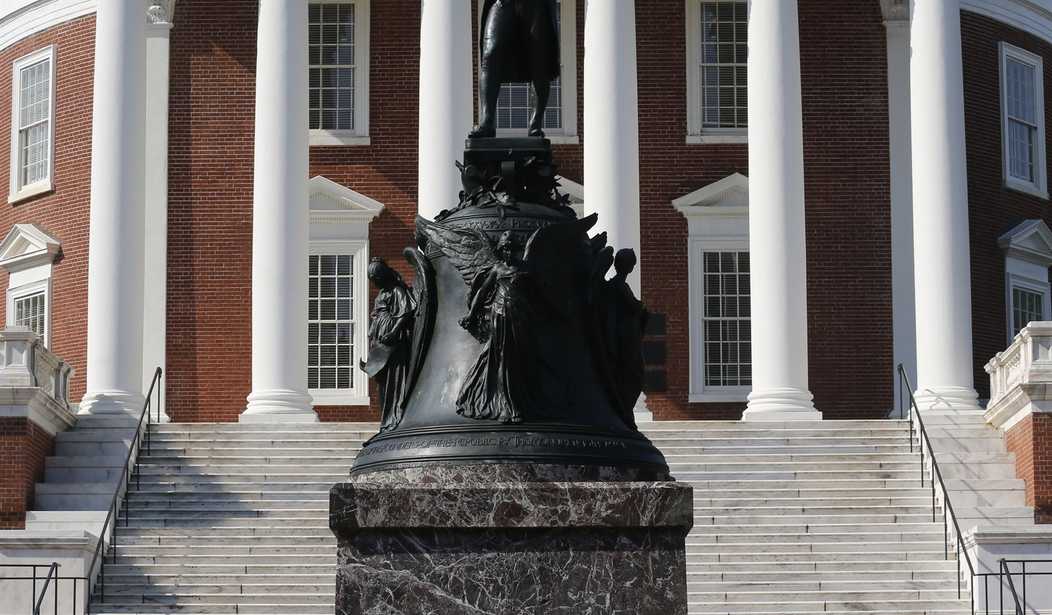Last week I wrote about the demographic changes in enrollment at MIT this year after the Supreme Court's decision banning affirmative action.
The university’s admissions department on Wednesday released its first-year class profile, showing a sharp drop in its Black student population. About 5% of MIT’s incoming class of 2028 is Black, a significant drop from its 13% average in recent years. Latino students make up 11% of the class of 2028, compared to a 15% average in recent years.
Since then, three more elite schools have released enrollment data which shows a similar pattern.
The percentage of Black students entering Amherst this fall dropped to 3 percent from 11 percent last year, and at Tufts, it dropped to 4.7 percent from 7.3 percent. Black students at the University of Virginia declined to 7 percent of the entering class compared to 7.9 percent last year.
At MIT it was Asian students who benefitted the most in the absence of affirmative action. Asians went from 40% of the incoming class last year to 47% this year. The percentage of white students dropped slightly by 1 percent. But that wasn't the case at Amherst, Tufts and UVA. At those schools it was white applicants who benefitted the most.
White students entering Amherst rose to 39 percent of the class from 33 percent, and those entering Tufts went up to 49.3 percent from 46.8 percent. The percentage of Asian American students rose slightly to 20 percent from 18 percent at Amherst and slipped to 19.7 percent from 20.3 percent at Tufts.
The picture for Hispanic students was more complicated. They dropped from 12 percent down to 8 percent at Amherst but their percentage was slightly higher this year at Tufts and UVA. Finally, there was one more school whose enrollment numbers changed very little, though it did favor Asian students slightly.
Another selective college, Emory University, reported only slight changes in the racial makeup of this year’s freshman class. The percentage of Black and Hispanic students entering this fall dipped slightly, but so did the percentage of white students. The percentage of students who are Asian or whose race was not known increased.
Harvard and UNC, the two schools who were sued by Students for Fair Admission, have not released enrollment data yet. Richard Sander, a law professor at UCLA, argued that the numbers from highly selective schools are more likely to show a big shift than those of less competitive schools.
He predicted schools that provided a solid education but relied less or not at all on affirmative action would see an increase in Black enrollment.
“The students not admitted to the M.I.T.’s or Amherst’s of higher education are well-qualified to be admitted without a preference to other very solid schools,” Mr. Sander said.
In other words, the number of black students entering college isn't going down. It may even go up overall. The difference is that fewer of those students will be attending the elite schools where affirmative action really mattered.
I made the case here that this is good news because the white and Asian students who are benefitting from the end of affirmative action are fully qualified individuals who worked hard and should never have been held back simply because they belonged to a certain ethnic group deemed to be overrepresented.







Join the conversation as a VIP Member